Tom Shepherd says it best himself: “I do way too darn much and just got involved in a lot of things.” Born in Burnside, about a mile and half from where he now lives in Pullman, he went to high school in Roseland, first settled in Pullman in 1970, and moved to the suburbs with his family in 1976 (but not before getting married in Pullman’s Greenstone Church, a fact his daughter Natalie considers “very important”). He moved back to Pullman in 1999, into a three-flat, closer to his work on the Far Southeast Side with the Southeast Environmental Task Force. Aside from his numerous environmental commitments, he was drawn quickly back into the neighborhood: organizing concerts and community dinners at Greenstone, forming a youth group, serving as Pullman precinct captain, leading bike rides and veteran’s day programming, and, since 1999, a Labor Day celebration…the list, truly, goes on.
Natalie: Do you remember the Hobo Fest you used to do on Father’s Day?
Tom: Yeah, so I was the past president of the Pullman Civic Organization and I was kind of self-appointed events person in the neighborhood doing a lot of festivals, and we were doing a Hobo Fest up until a few years ago.
The Hobo Fest, well, back in the days when there were hobos, Pullman used to be one of the stops. Because going way back to the 1800s, there were Depressions, like in the 1890s, and then again in 1929. There was a hobo camp outside of Pullman because where we’re located, with the Illinois Central and the Pennsylvania and the New York and all these different railroads crisscrossing, is like ground zero for railroading, and there were hobos riding all across the country looking for work. Pullman and Roseland, it was a big stop, and you could maybe get hired for a day, or for a week. They needed people to work, you know, we had a lot of industry around there. So this whole industry of these hobos began to grow up outside of Pullman.
So that community developed just along Pullman on the other side of the tracks and ultimately was nicknamed Bumtown, and people that grew up in the neighborhood still fondly refer to it as that. We had Pullman, Bumtown—technically it’s called the Kensington neighborhood—and Roseland, which is the whole large neighborhood. So that’s how the Hobo Fest got started because some of them go to [Iowa] for an annual hobo convention, and then they would come pass through Pullman on the way to their next gathering.
Some people would open up their backyards, and hobos would come in and camp out, but most of them by now had little RVs; some brought tents in their cars. It grew into a fun weekend when they were coming through because they would be in the park and playing music and storytelling and doing crafts and whittling, and all the kids in the neighborhood would come out and join, and the adults. We started having a welcoming spaghetti dinner at the Greenstone Church for the hobos, and a bunch of us would pitch in and buy beer and food. And we developed the hobo concert. It was just a neat weekend. We would have vendors and train hobbyists setting up tables. That was our Hobo Fest.
When I moved back in the neighborhood in ’99, I think the following year I started it, I turned it into an organized festival, and went on until around 2009 or 2010, when it became apparent that there weren’t too many hobos left coming around. Part of our festival was musical, so I began employing local talent, like an open mic, acoustic guitars. That was fun but there were less and less hobos coming through, and then also we’ve been going through this transition in the neighborhood where the state and the federal government are now taking over some of our public buildings. We used to be permitted to camp out over where the old Pullman factory is, but then the state put a stop to it and made us feel unwelcome, and that was pretty much what really killed the fest—besides the fact that there were less hobos. When they made us all feel unwelcome it kind of killed the whole spirit.
Natalie: Friendliness is really important in Pullman.
Tom: What is?
Natalie: Friendliness!
Tom: Oh. Yeah.
Natalie: It’s funny, I’ve heard it said before that you know it might take you ten minutes to get to the train in the morning, but on the way home it might take you an hour and a half, you know because of people talking, and, you know, “You want a beer?” It’s really quite friendly.
Tom: Yeah, it’s hard for me to just do a walk across the neighborhood without getting stopped ten times, you know, talking to people. (As told to Julia Aizuss)
Pullman Family Reunion
At 111th and St. Lawrence there’s an interactive installation that asks the viewer, “What is your vision of a contemporary utopian community?” For a sizable contingent of Pullman and Roseland, the answer may well be one day in August, when the nonprofit Friends of Pullman hosts its annual Pullman Neighborhood Family Reunion. For the past nine years, this extravaganza has turned Arcade Park into what parks in the summer do best: a setting for a huge picnic, starting around lunchtime and lingering into the evening. The hours between include a bike parade, a walking tour, a cookout (you can bring your own food in true picnic fashion, or buy what Friends of Pullman prepares), live music, and even a raffle.
Like any family reunion, you’re bound to strike up a conversation with someone you haven’t seen since you were a teenager or someone who moved away years ago, or wander over to look at some old memorabilia normally stowed away in a basement. Naturally, the difference here is that you were never related to these people in the first place: the teenager was a classmate at St. Nicholas in Roseland, you might never have crossed paths with the person who lived the street above you on Langley Avenue, that memorabilia is about your neighborhood and not your great-grandma. But in Pullman, these bonds are just as powerful: there’s a reason people who haven’t lived in the neighborhood for years will make their way back. Each year the crowd gathers together for a family photo, usually in front of the old Hotel Florence, this year in the park, with Greenstone Church in the background: documentation that may well be a reunion attendee’s memorabilia in another decade. A utopian community takes work and certainly wasn’t achieved back in Pullman’s days as a company town—nor in the neighborhood’s present-day tensions between north and south and west—but looking at those family photos, dating back years before National Monument status brought the area renewed commitment and attention, it’s something you just might be able to see. (Julia Aizuss)
Arcade Park, 111th St. and Forrestville Ave. A day in August, noon–8pm. friendsofpullman.org
Needles & Thread Quilters Guild
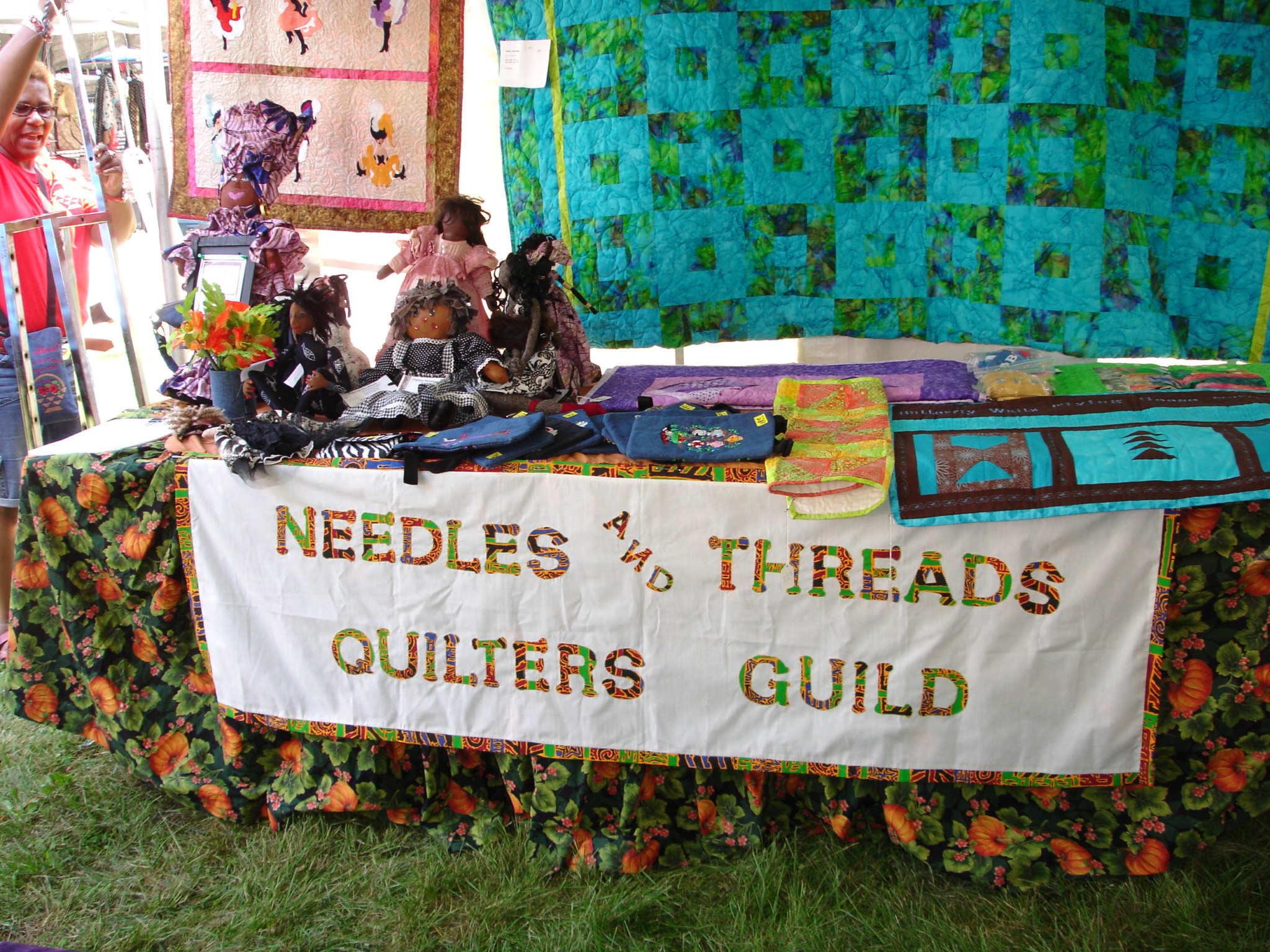
Maybe you visited the winter and spring exhibitions on quilting at the University of Illinois at Chicago’s African-American Cultural Center, showcasing textiles inspired by Black quilting traditions; maybe you once passed by a booth at the African Festival of the Arts hung top to bottom with vibrantly patterned quilts; maybe you wandered into the annual Hyde Park United Church of Christ quilt show one quiet weekend afternoon, lingering for longer than you expected on a spread covering every single pew and hanging from the walls (that’s what I did). If you’ve done any of this, then you’ve probably seen the work of the Needles & Threads Quilters Guild, a Roseland-based quilters guild that celebrated its twenty-fifth anniversary this year. Needles & Threads, the largest quilting guild on the South Side, has been meeting monthly since 1992. According to President Cynthia Varnado, the group has around one hundred members, some of whom also live on the West Side and the north, west, and south suburbs.
“I’m not sure if we were the first Black guild in Chicago, but I’m pretty sure we were,” said Varnado, who’s been a member for nineteen years. (As a guild, Needles & Threads follows nonprofit requirements like having a board and filing taxes, distinguishing it from the many informal quilting groups throughout the city—whose members may well also be Needles & Threads members.)
Together they’ve worked on community service projects; gone on trips to quilt shows, festivals, and shops throughout the Midwest; and helped each other learn more about the craft. “It’s a hobby,” Varnado said, but one that for them is simultaneously art, aid, and community. In addition to their traditional blanket, hat, and pillowcase-making for hospitals, Varnado was excited to mention the welcome blankets the guild made for the University of Chicago’s Smart Museum of Art, which will be donated to new immigrants. “We’re really into, with our craft, helping people,” she said.
To mark twenty-five years, the guild’s regular even-year quilt show in October 2018 will specially celebrate the anniversary (it’ll be in Washington Park; mark your calendars). They’re also finishing up a book on the guild’s history, with member biographies and photography, which is in the proofing stages. Whether you attend a meeting as a prospective member or visit a quilt show as a humble admirer who knows nothing about die cutting or rotary cutting, you’ll no doubt help Needles & Threads fulfill its simple goal—“to promote the love of Quilting!” (Julia Aizuss)
Fernwood Park Fieldhouse, 10436 S. Wallace St. Meetings: fourth Saturday of the month, 10am–noon, except November and December. Quilting classes: Tuesdays and Thursdays, September–June. Membership dues $20. (312) 747-6132. ntqgchicago.net
Pullman Debs Monument
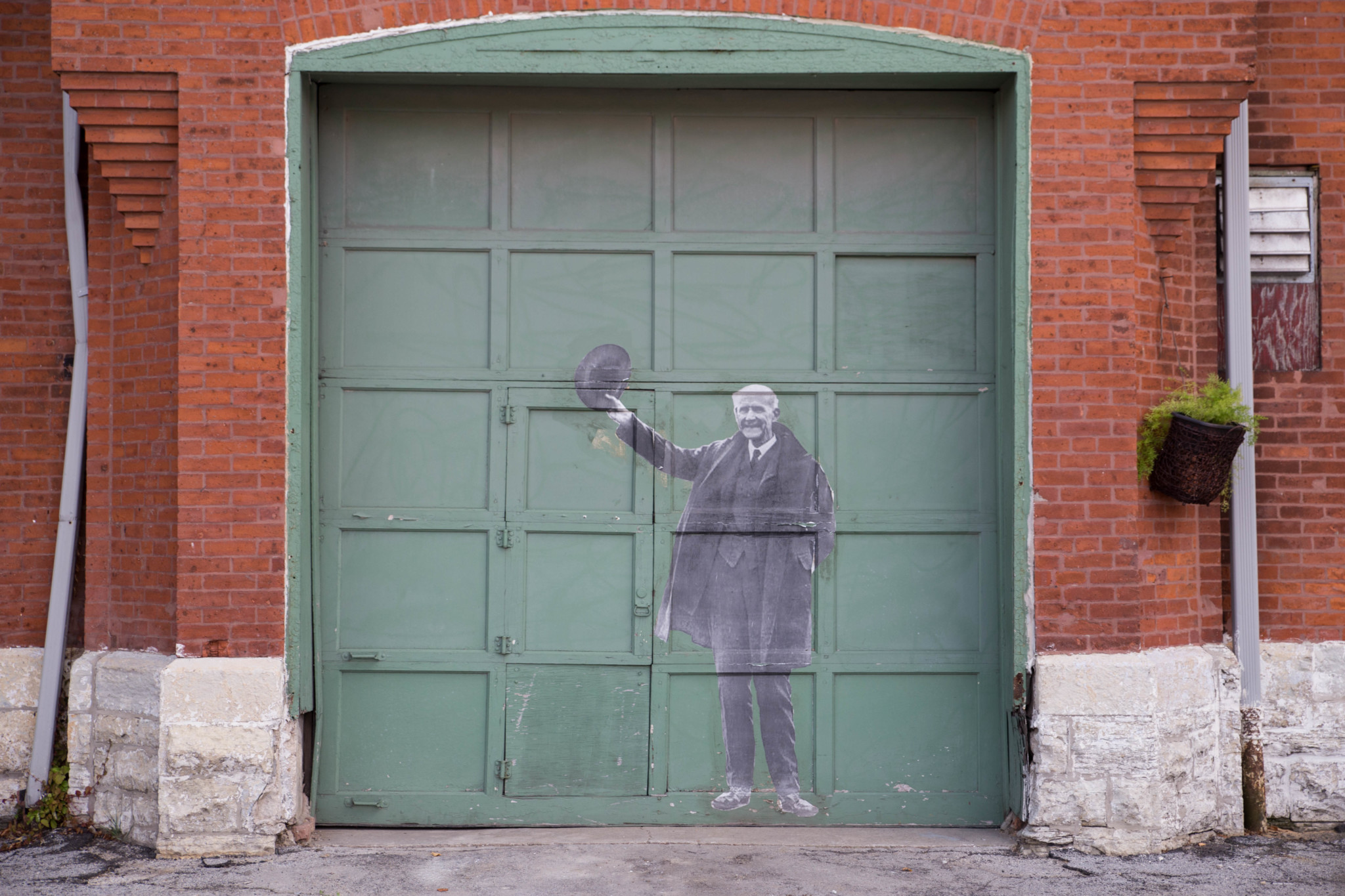
When the Pullman Historic District became a National Monument in 2015, local artist JB Daniel started his “LaborPaste” art installation in response, worried the National Park Service would celebrate Gilded Age industrialism rather than Pullman’s history as the spark of the national strike that led to the institution of Labor Day. Daniel’s photographs of iconic labor figures, wheatpasted around the neighborhood, gave longtime Southeast Side community activist Tom Shepherd a more three-dimensional idea: why not try to establish a monument for Eugene Debs, the famous union organizer who came to the company town and urged on the strike?
Shepherd and Daniel, along with architect Keefer Dunn, now lead an effort to bring a Debs memorial to Pullman to honor his legacy and the labor movement. Their public kickoff was, appropriately, on Labor Day; about two or three hundred people came to celebrate the holiday as well as learn more about the cause from groups Daniel said are already on board with the project, like the Railroad Workers Union and the Eugene V. Debs Foundation. The organizers are also working on getting the backing of the National Park Service—despite the bureaucracy involved, “they seem like they want to do it,” Daniel said—and, most importantly, of the Pullman community.
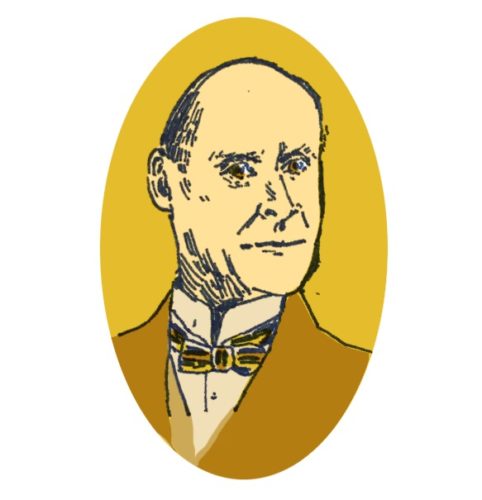
“This really needs to be a community project,” Daniel said. That’s why, as the days go by, more posters are steadily appearing in the windows of residents’ homes broadcasting support for a monument: a simple white paper with a red circle that says DEBS, with “Pullman” and the website URL underneath. For a possible location, Daniel is interested in a spot between 112th and 113th Street on Langley Avenue where Debs actually spoke, but, Daniel said, “We’re really just trying to keep it open and let people have input in it.” For them, a memorializing statue is only the beginning. “What everybody’s wishing for is not a statue with a plaque in front of it saying what it is,” he said, “but to actually have a park where people could congregate.”
The group has begun talking to residents in the north end of Pullman as well, which is predominantly Black and the site of the A. Philip Randolph Pullman Porter Museum. The museum, which tells the history of the country’s first Black union, is interested in the project, which may well help bridge a gap in the neighborhood, making more room for Pullman’s many historical narratives. Notably, although the historic Pullman union of 1894 barred Black people, Debs himself disapproved of the decision. Daniel will also soon be bringing another LaborPaste installation to the north end—a huge Eugene Debs house, for the upcoming Terrain Biennial. With labor history and its continued relevance to present-day labor struggles as a connective thread, a Debs memorial seems, as Daniel put it, like “a project the whole community can get behind.” (Julia Aizuss)
Pullman Debs Monument: pullmandebsmonument.org, facebook.com/pullmandebs
Terrain Biennial installation: Saturday, October 14. terrainexhibitions.com
Corliss High School
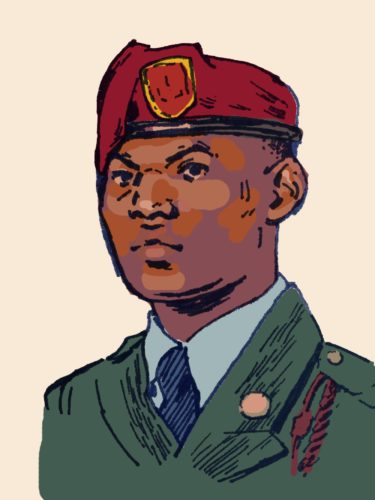
A retired teacher from Corliss High School has begun to honor its notable alumni with Corliss’s first alumni hall of fame. Their first honoree is Sgt. Albert Ware, who was killed in 2009 while on active duty in Afghanistan, at twenty-seven years old.
Ware moved from Liberia to the Chicago area when he was twelve. His stepmother, Anna Ware, remembers that Albert had some trouble getting acclimated to school in the U.S., but that he blossomed at Corliss High School, where he was active with football, track, and swimming. He joined the army in 2006 and was assigned to the 782nd Combat Support Battalion, 4th Brigade Circuit, 82nd Airborne Division out of Fort Bragg, North Carolina, where he was on the transportation unit.
“We’re very humbled and honored that Albert will be induced in the first class of Corliss’s Hall of Fame,” said Anna Ware, “and I know if he was living he probably wouldn’t want it. He was a very humble person, he didn’t like attention.”
Corliss High School has put Albert Ware’s full biography on their website, and his family has pledged to do yearly community service at the school. Anna Ware said that she hopes that this honor will encourage other alumni to donate to the school, and that she wants us to honor all who served our country, especially those living with a disability. (Adia Robinson)
Corliss Alumni Hall of Fame: bit.ly/CorlissHallOfFame
Support community journalism by donating to South Side Weekly


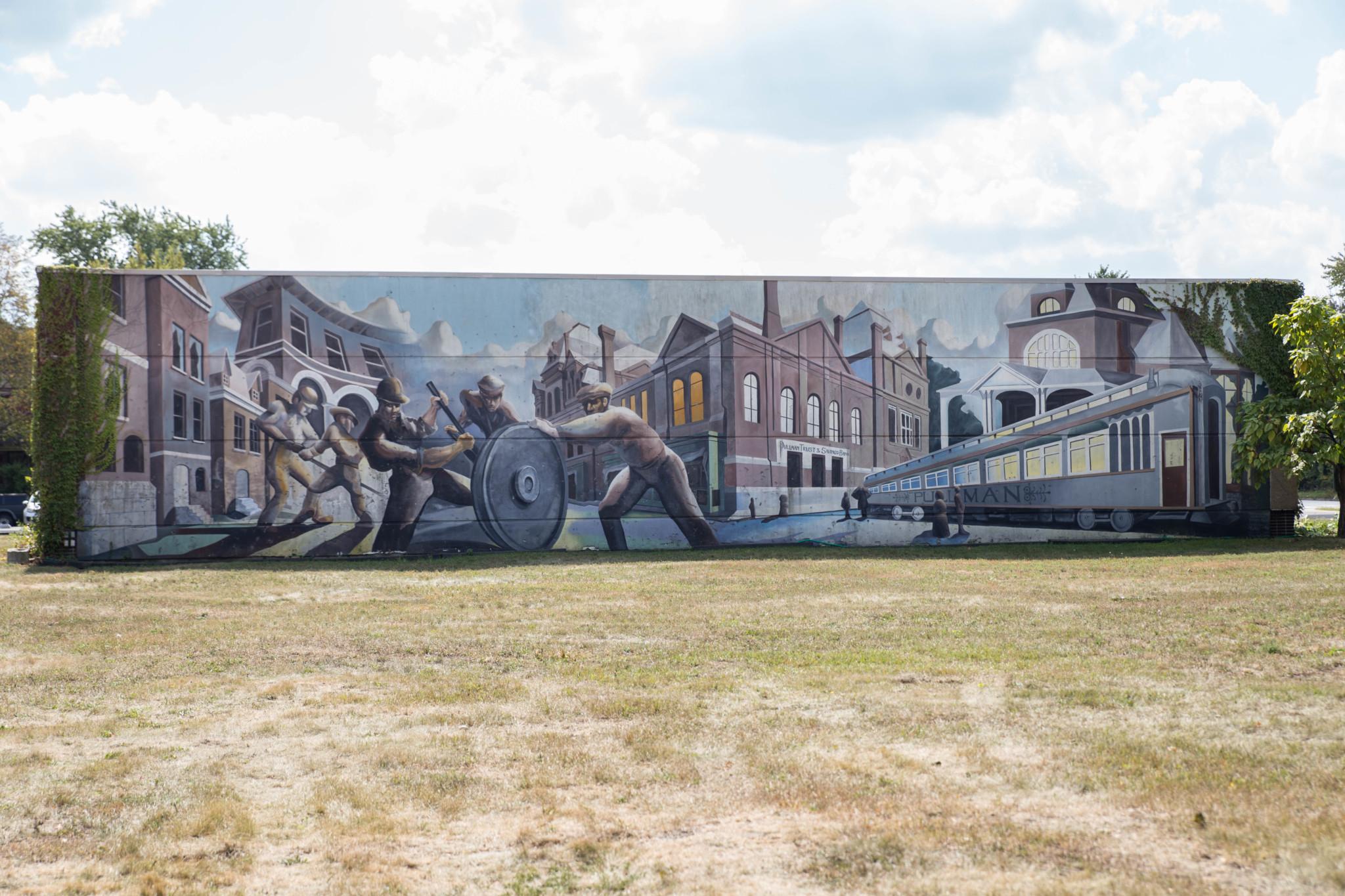
Lots of memories -born in Pullman 1937-moved to Burnside and then back to Roseland .
My Uncle was a Bell Boy at Hotel Florence –
My Mother and Aunt graduated from Pullman Tech.
One Aunt worked at Charlie Carli’s ? So much more
Met my wife not knowing she also came from Pullman , they moved to 114th off State -she went to St Nicks ..